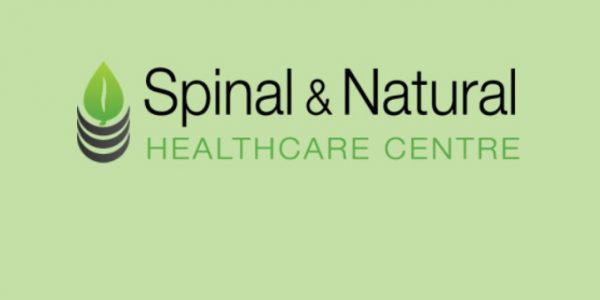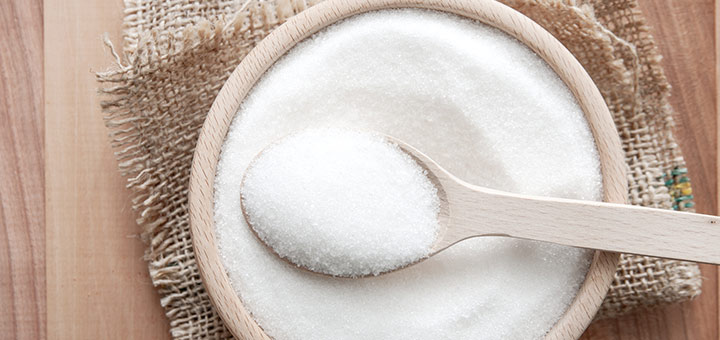“It tastes good”
“it’s natural”
“our body needs it for energy”
“surely a little sugar isn’t that bad?”
Well, a small amount of sugar in its raw complex form is vital for life but the amount that we are ingesting (as much as 10 tablespoons a day – much of it hidden in preprepared food and drink) is very damaging to your physical and mental health.
In her book Lick the Sugar Habit, Nancy Appleton PhD lists 76 proven ways in which sugar damages your health. I don’t have space to list them here but as well as the obvious risk of diabetes the dangerous side effects include suppressing your immune system, weakening eyesight, causing multiple problems with your gastrointestinal tract, aging you skin by changing the structure of collagen and even impairing the structure of your DNA.
A Swedish study earlier this year suggested that women with high blood sugar levels are at an increased risk of developing cancer. The research, which looked at 64,500 people, linked raised blood sugar with pancreas, skin, womb, and urinary tract cancers in women. So if sugar is potentially very harmful why do we keep adding it in our food and seeking our sweet things when we feel low?
It’s only in recent years that we have come to better understand the addictive properties of the white stuff. Professor John Hoebel of Princeton’s University and teams of researchers around the world have confirmed that eating sweet foods triggers the same feel good chemicals in the brain as do illegal addictive drugs. A study on rats fed on a sugary solution over several weeks showed similar withdrawal symptoms when their supply was cut off to opiod drug abusers going ‘cold turkey’.
Of course addiction is not just physical but is a learnt behaviour. Richard Mattes, a professor of food and nutrition at Purdue University in Indiana, believes that, because as children we are given sweets are rewards for doing something good, we learn to associate sweet tastes with pleasure. Thus, in later life when we feel in need of comfort we seek out something sweet to make ourselves feel better.
Adding caffeine to sugar is even worse. Evidence presented at the 57th Annual Scientific Sessions Meeting of the American Diabetes Association suggests that caffeine and sugar together can fool the brain into believing that our blood sugar is too low. Caffeine reduces the blood flow to the brain and simultaneously tells the brain to demand more glucose. So even though you’ve just had two lattes with sugar, your brain is screaming for more sugar… which could be why those chocolate brownies look so tempting.
I’ll admit that when I’m feeling tired I sometimes use a coffee and a gluten free brownie to perk myself up – but I recognise that this behaviour has to change and I’m trying to replace refined sugars in my diet with more complex ones as well as reducing my overall sugar intake.
Complex sugars are ones nearer their natural form and they consist of thousands of sugar molecules linked together. In contrast, simple sugars are one, two or at most three units of sugar linked together in single molecules. Generally, the sweeter the taste, the simpler the sugar.
The simplest sugars (like the sugar you put in your tea) has been so heavily refined that you body hardly has to do any work to convert them into blood sugar. More complex sugars (eg complex carbohydrates) take longer for your body to break down and often have nutritional value in the form of fibre, vitamins and minerals. Because the take longer to break down, complex sugars are less likely to give you the blood sugar spikes and subsequent lows that simple sugars do, even though they still raise the insulin levels.
Wherever you can, try to reduce the amount of simple (refined) sugar in your diet or replace it with more complex sugars. So if you must have something sweet, reach for a juicy chunk of pineapple or a plump date rather than a processed confectionary bar.
Manufacturers have improved on labeling sugar, but it’s still confusing as different types of sugar are listed separately. Dextrose, fructose, glucose, maltose, molasses, corn syrup or sucrose are all types of sugar – if more than one type is listed on a packet you need to add together all the different sugar values to get the overall sugar content. You’ll probably be amazed at how much sugar shop bought savoury foods, such as pies, ready meals and ketchup, contain.
A note of warning here. When going for “low sugar” foods, make sure the product hasn’t been artificially sweetened with sweetening agents such as aspartame (aka amino sweet). The side effects of these chemicals are horrendous and worryingly Cancer is a primary one!

